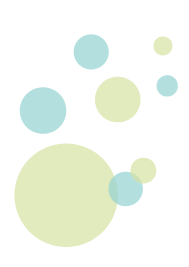After the storm half of Riverdale was without power, including my branch. My cell phone rang endlessly with calls from my team and the public asking when we could open. I believe that some people kept a watchful eye on the branch, because I received about ten calls telling me that the power was back on and that we could open. When we did open, my team and I welcomed our community with hot coffee, donuts, extra programs for bored children, smiles, outlets for charging devices, internet access, and free Wi-Fi.

































